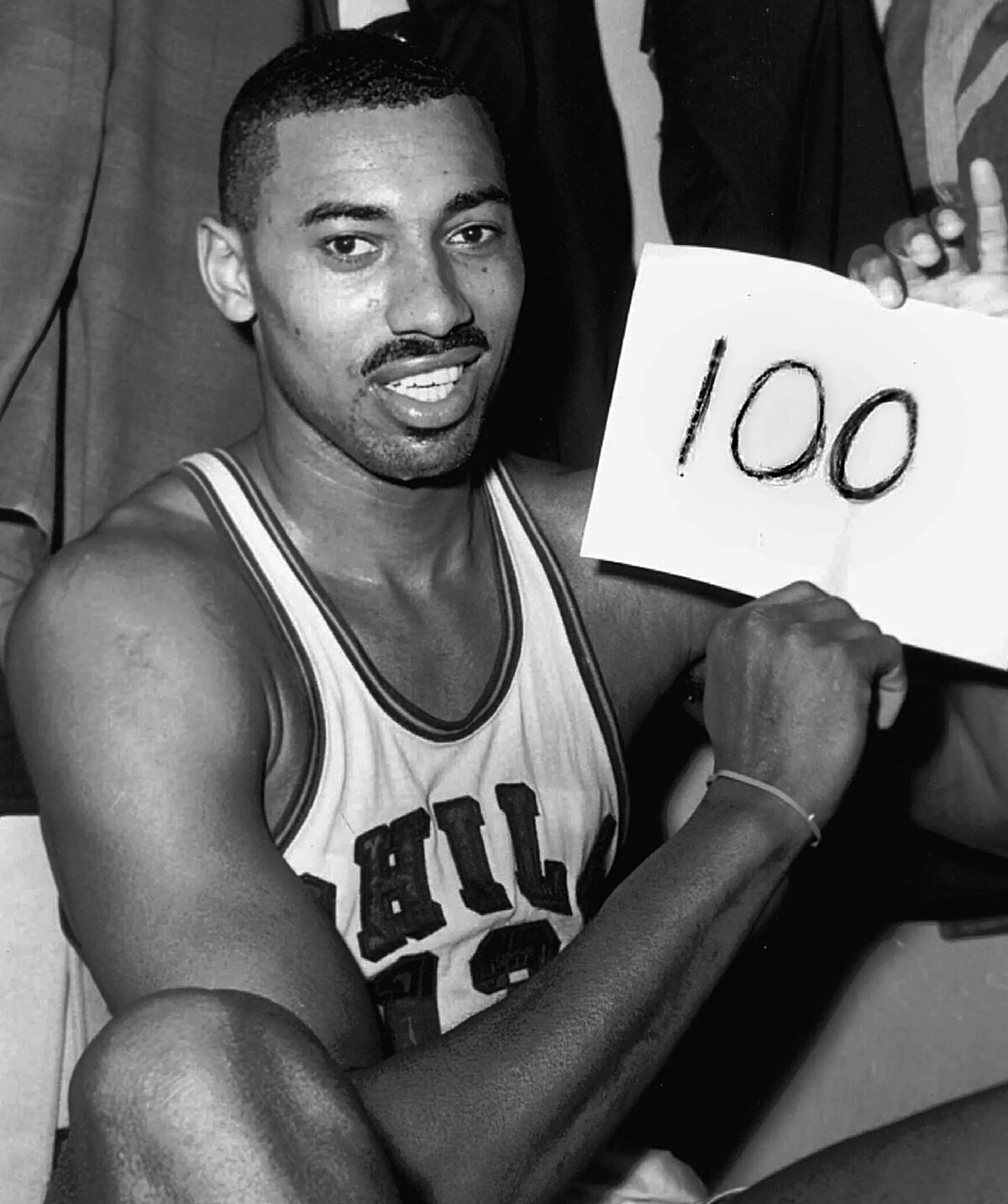Hey Guys,
Super appreciate any thoughts / feedback on a client am I working with who really struggles with executing the ball toss on the serve.
Consistently her release point is low and she ends up 'flicking' the ball to try to get it into the right position.
Have recorded her toss in slow motion and its constantly the same - very low release points with wrist / arm movements.
Even though she has seen it and attempts to keep her arm straight and release later (around eye level) she cant do it.
I don't know the 'how' of how she can go about transforming her toss. Its worse in match situations / more pressure.
Any thoughts / ideas much appreciated.
Thanks
Richard
Super appreciate any thoughts / feedback on a client am I working with who really struggles with executing the ball toss on the serve.
Consistently her release point is low and she ends up 'flicking' the ball to try to get it into the right position.
Have recorded her toss in slow motion and its constantly the same - very low release points with wrist / arm movements.
Even though she has seen it and attempts to keep her arm straight and release later (around eye level) she cant do it.
I don't know the 'how' of how she can go about transforming her toss. Its worse in match situations / more pressure.
Any thoughts / ideas much appreciated.
Thanks
Richard







Comment